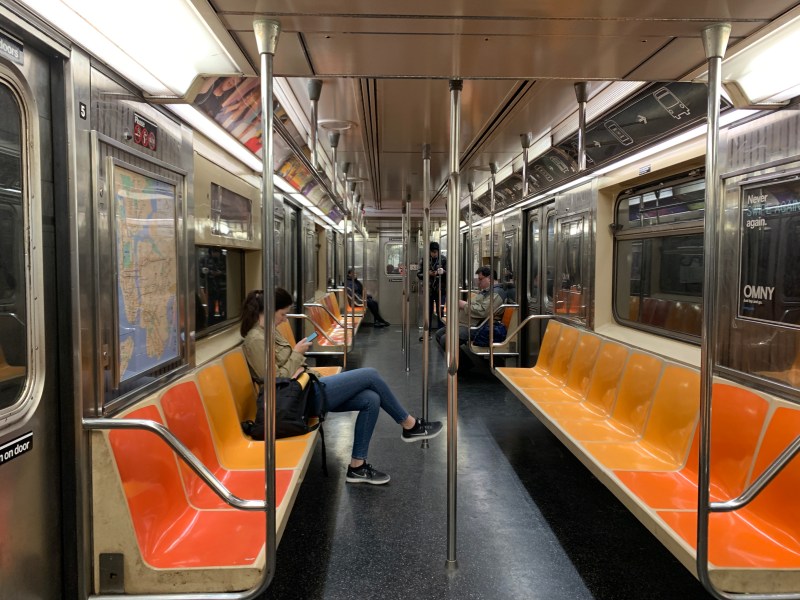Report: MTA Will Need ANOTHER $4-8 Billion in Fed Funding

Um, about that $3.7 billion…
The MTA will need up to $8 billion over the next 12 months function — that’s on top of the close to $4 billion that the MTA received in federal COVID-19 relief funding last month.
“The MTA is especially reliant on fare and toll revenue, which has plunged more than any other source of funds,” TransitCenter said in a new report. “We estimate that over the next 12 months, the MTA faces an operating shortfall — due to losses in fare, toll, and dedicated tax revenue, and increased costs related to COVID-19 — of $8-$11.5 billion. This means that, after stimulus funding from the CARES Act is taken into account, the MTA faces a shortfall of at least $4.4-$8 billion.”
The report is the latest to criticize the federal funding formulas that shortchanged the MTA in the first place. Earlier this month, Streetsblog reported that the Federal Transit Administration’s $25-billion relief act only gave $10.5 billion to the nation’s 10-largest transit systems, which had themselves requested $25 billion to cover revenue shortfalls that result from the coronavirus crisis.
“[The] bill … relied on formulas from federal transportation law that give New York short shrift,” TransitCenter said. “The MTA received 15 percent of transit funds despite carrying 38 percent of all transit trips in the nation.”
Advocates hailed the report, hoping it will focus national attention on the potential disaster of a crippled subway system in the most important region to the nation’s overall economy.
“This is an existential moment for public transit, the lifeblood of New York,” said Nick Sifuentes, executive director of Tri-State Transportation Campaign. “Our buses and subways are doing the critical work of carrying doctors, nurses, janitorial staff, grocery workers, deliverypeople — all the essential workforce that allows residents to shelter in place and stop the spread of coronavirus.
“If transit falters, the results will be catastrophic. Lives and livelihoods are on the line every single day, and the federal government is the only recourse,” he added. “Congress needs to step up now and ensure the MTA gets the funding it needs to keep critical workers moving in the moment of the city’s greatest need.”

Ridership is currently down 93 percent on the subway and buses and up to 97 percent on some of the MTA’s commuter rail lines, costing the agency hundreds of millions weekly in fares. And with fewer people driving, the agency’s bridges and tunnels division is not collecting nearly as much as it budgeted.
Under the better-case scenario (center column in chart), the MTA would lose:
- $4.5 billion in fare revenues
- $1 billion in tolls
- $2 billion in tax revenue
In the worst-case (thought certainly not unlikely) scenario, those numbers increase by roughly 50 percent, for a total revenue shortfall of $10.5 billion. Add in payroll and other expenses — and minus out the $3.7 billion already received by the MTA from the feds, and you get the $8-billion shortfall.
It can’t be allowed to happen, said Riders Alliance Policy & Communications Director Danny Pearlstein.
“New York’s — and the nation’s — recovery hinges on the MTA’s,” he said. “One million essential public transit riders depend on the MTA’s subways and buses to get to work to defeat the pandemic. All other funding sources are tapped out. All eyes are Congress.”
It’s telling that there were no federal elected officials quoted on a press release put out by many transit advocacy groups this afternoon. Streetsblog has reached out to members of New York City’s congressional delegation to see what they will do to secure more funding. We will update this story if we hear back.